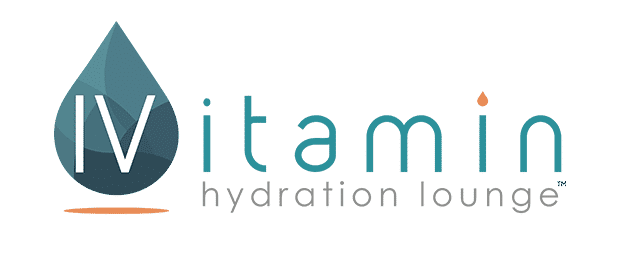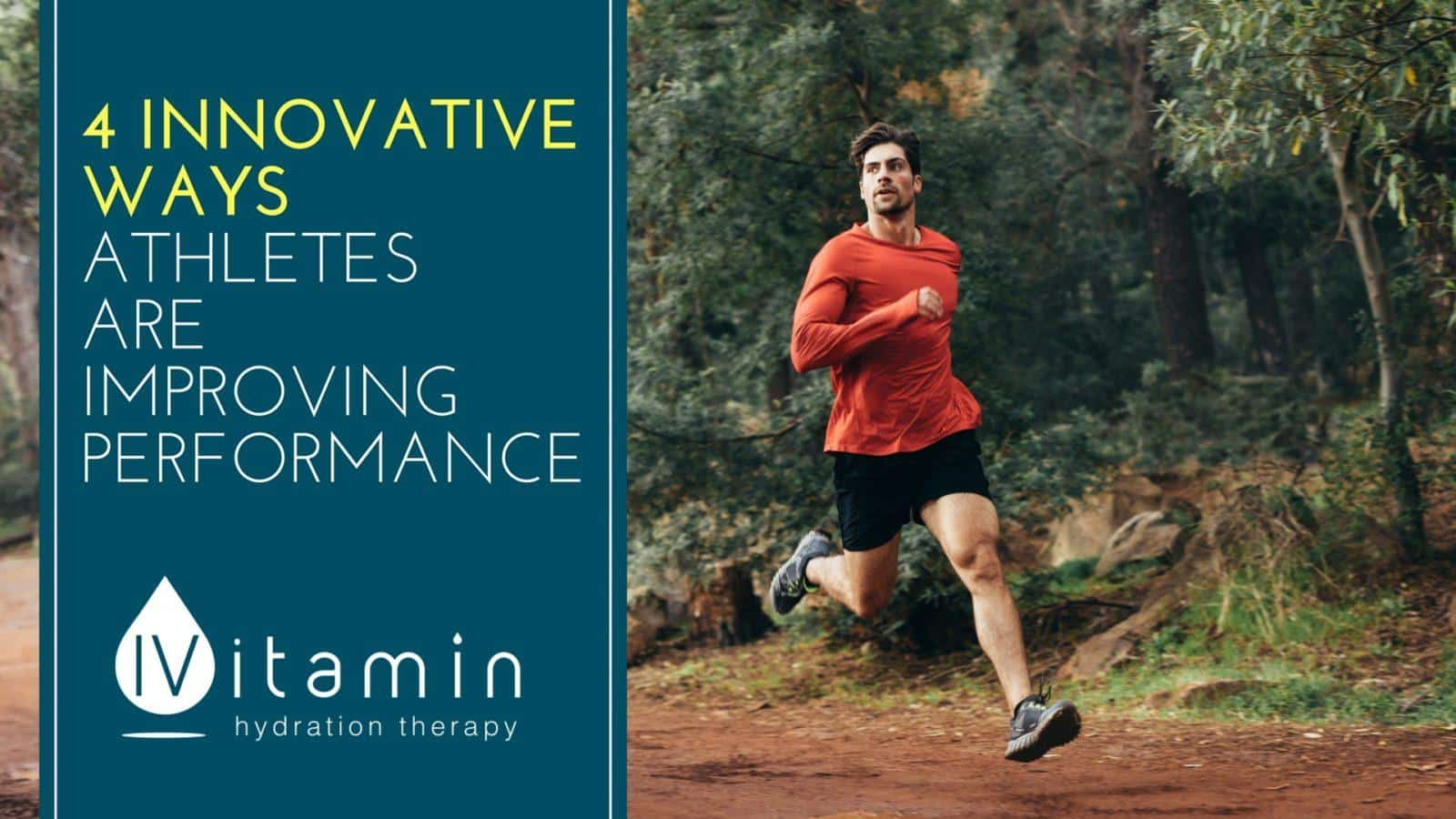If there was any doubt that technology touches every facet of life these days you need only look at sports. Wearable technology and smart watches have changed the way athletes train. Medicine is getting better at preventing sports injuries before they happen. We can watch sporting events that are happening anywhere in the world and live stream the events we attend.
It’s an innovative time for athletics. As a result, athletes are performing at higher and higher levels. To remain competitive, athletes have to find ways to push past plateaus and keep improving.
On February 18th hundreds of runners will take off down South Congress Ave. for the Austin Marathon. It’s the ultimate test of endurance and athleticism for a runner. Getting in peak condition for such a challenge means going the extra mile to enhance performance. Here are four innovative ways to fuel up beforehand and recover after the race.
Low-Level Light Therapy
LEDs aren’t just an efficient lighting source. They can also be used for low-level light therapy. Photobiomodulation (PBM) is a clinically-proven therapy that involves adjusting light intensity so that it affects cells.
The benefits of low-level light therapy are reduced free radicals and oxidative stress at the cellular level. As a result, muscle is able to repair faster and you won’t be as sore after high-intensity interval training. Another reason athletes use PBM is to improve endurance. PBM has been shown to increase oxygen consumption and fight fatigue.
Wearables That Tap Into the Brain
Wearable technology is nothing new in athletics. However, a few innovative companies are taking a new approach to what wearables can do. Halo Neuroscience has developed a new type of “active wearable” that’s already being used by Olympic athletes, pro sports leagues, and the U.S. military.
The Halo Sport is a headset that interacts with the wearer’s brain to “neuroprime” the motor cortex. Electrical stimulation puts the motor cortex into a hyperlearning state and neural paths between the brain and muscles are strengthened. This allows athletes to speed up the muscle memory process while training.
VR Visualization
Visualization has always been a powerful tool for athletes, but virtual reality (VR) is taking the practice to a whole new level. Essentially, VR creates a picture of the outcome you want to visualize. The technology is still in its infancy, but within a few years, VR is guaranteed to play a much larger role in how athletes practice and perform.
IV Therapy
When most people think of IVs they think of the hospital and people recovering from a serious illness or injury. While IV is used for supportive care, they serve many purposes outside of the hospital.
IV therapy is a now being used as a way for athletes to get hydration and vitamin supplementation. The IV delivers nutrients directly into the bloodstream bypassing the digestion process. This helps dramatically improve absorption and accelerates the effects.
The body needs a balance of nutrients for optimal performance as well as recovery. Some of the most important nutrients for athletic performance include vitamin C, cysteine, glutathione, zinc, magnesium, asparagine and B vitamins. Glutamine supplementation has also been shown to improve the immunity of marathoners and reduce post-race infections.
IVitamin’s downtown Austin location is just a short distance from the finish line. Come by after the marathon and bring your race number to get the IRegenerate athletic performance drip for only $99*. Our custom blend of vitamins and nutrients helps enhance performance and aids in recovery so you’ll be ready for the rest of the week after going the distance for 26.2 miles.
*Special offer is available Feb 16th through the 19th.*
JOIN OUR COMMUNITY
Receive tips on wellness and nutrition, healthy food recipes, amazing workouts, events that bring our community together, and special offers directly to your inbox!
Contact & Visit
Hours of Operation
M: 10am-6pm*
Tu-W: 10am-4pm*
Th-Su: 10am-6pm*
* We seat the last patient 15 minutes before close time




